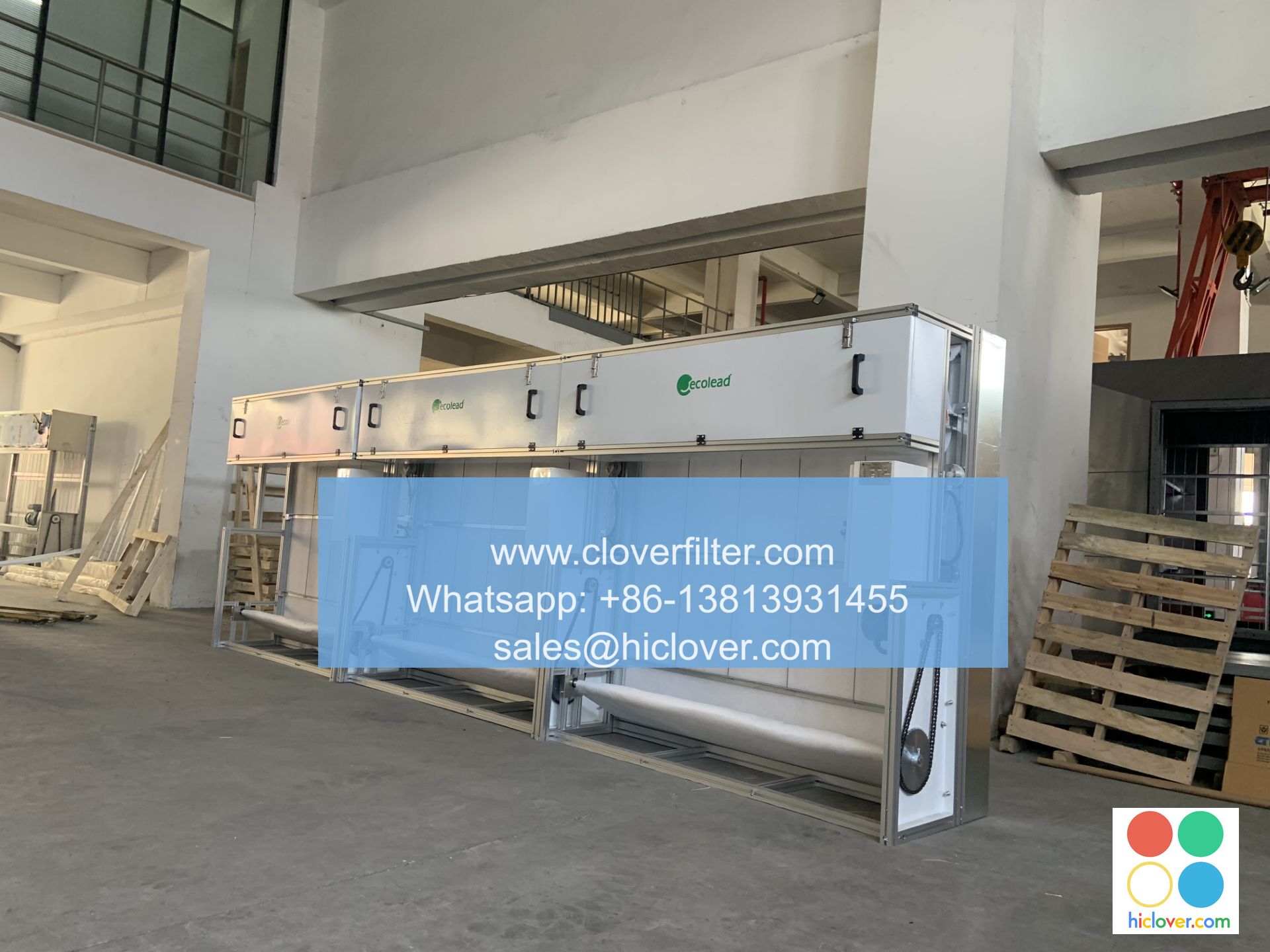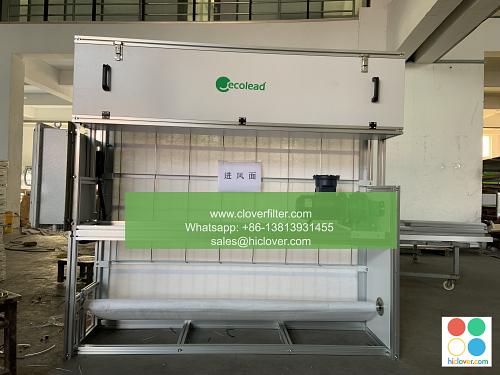The Science Behind Air Filters: Understanding MERV Ratings

Air filters are an essential component of any heating, ventilation, and air conditioning (HVAC) system, as they help remove airborne particles, allergens, and pollutants from the air, improving indoor air quality (IAQ) and promoting a healthier environment. One crucial aspect of air filters is their Minimum Efficiency Reporting Value (MERV) rating, which measures their ability to capture particles of various sizes. In this article, we will delve into the science behind air filters, exploring the significance of MERV ratings and their applications in different areas.
What is MERV Rating?
MERV rating is a standard developed by the American Society of Heating, Refrigerating, and Air-Conditioning Engineers (ASHRAE) to evaluate the performance of air filters. The rating system ranges from MERV 1 to MERV 20, with higher numbers indicating better filtration efficiency. The MERV rating is based on the filter’s ability to capture particles of different sizes, including:
* Particles larger than 10 microns: such as dust, pollen, and mold spores
* Particles between 1-10 microns: such as Legionella, lead dust, and humidity-controlled particles
* Particles smaller than 1 micron: such as bacteria, viruses, and smoke
MERV Rating Categories
Air filters are categorized into different MERV rating groups, each with its own set of applications:
* Low-MERV filters (MERV 1-4): typically used in residential HVAC systems and are effective against larger particles like dust and pollen.
* Medium-MERV filters (MERV 5-8): often used in commercial HVAC systems and are effective against particles like lead dust and humidity-controlled particles.
* High-MERV filters (MERV 9-12): commonly used in industrial HVAC systems and are effective against smaller particles like bacteria and smoke.
* High-Efficiency Particulate Air (HEPA) filters (MERV 17-20): typically used in pharmaceutical, medical, and food processing applications where ultra-fine particle filtration is required.
Applications of Air Filters with Different MERV Ratings
Air filters with varying MERV ratings have diverse applications in different industries, including:
* Residential applications: low-MERV filters are suitable for most residential HVAC systems, providing effective filtration against larger particles.
* Commercial applications: medium-MERV filters are commonly used in office buildings, schools, and hospitals, where a higher level of filtration is required.
* Industrial applications: high-MERV filters are used in manufacturing facilities, laboratories, and clean rooms, where precise control over airborne particles is crucial.
* Pharmaceutical and medical applications: HEPA filters are used in hospitals, pharmaceutical manufacturing, and medical research facilities, where ultra-fine particle filtration is essential.
Importance of Proper Air Filter Maintenance
Regular maintenance of air filters is essential to ensure optimal performance and extend their lifespan. This includes:
* Regular filter replacements: replacing filters at recommended intervals to prevent decreased performance and increased energy consumption.
* Proper filter installation: ensuring correct installation to prevent air leaks and maintain filter efficiency.
* Monitoring filter performance: regularly checking filter performance to identify potential issues and optimize system efficiency.
Conclusion
In conclusion, understanding MERV ratings is crucial for selecting the right air filter for specific applications. By recognizing the significance of MERV ratings and their corresponding applications, individuals can make informed decisions about indoor air quality improvement and air filtration systems. Whether in residential, commercial, or industrial settings, proper air filter maintenance and selection can significantly impact the health, comfort, and productivity of occupants. You haven’t provided a prompt or question for me to respond to. Please provide more context or information so I can assist you. What would you like to talk about or ask?

